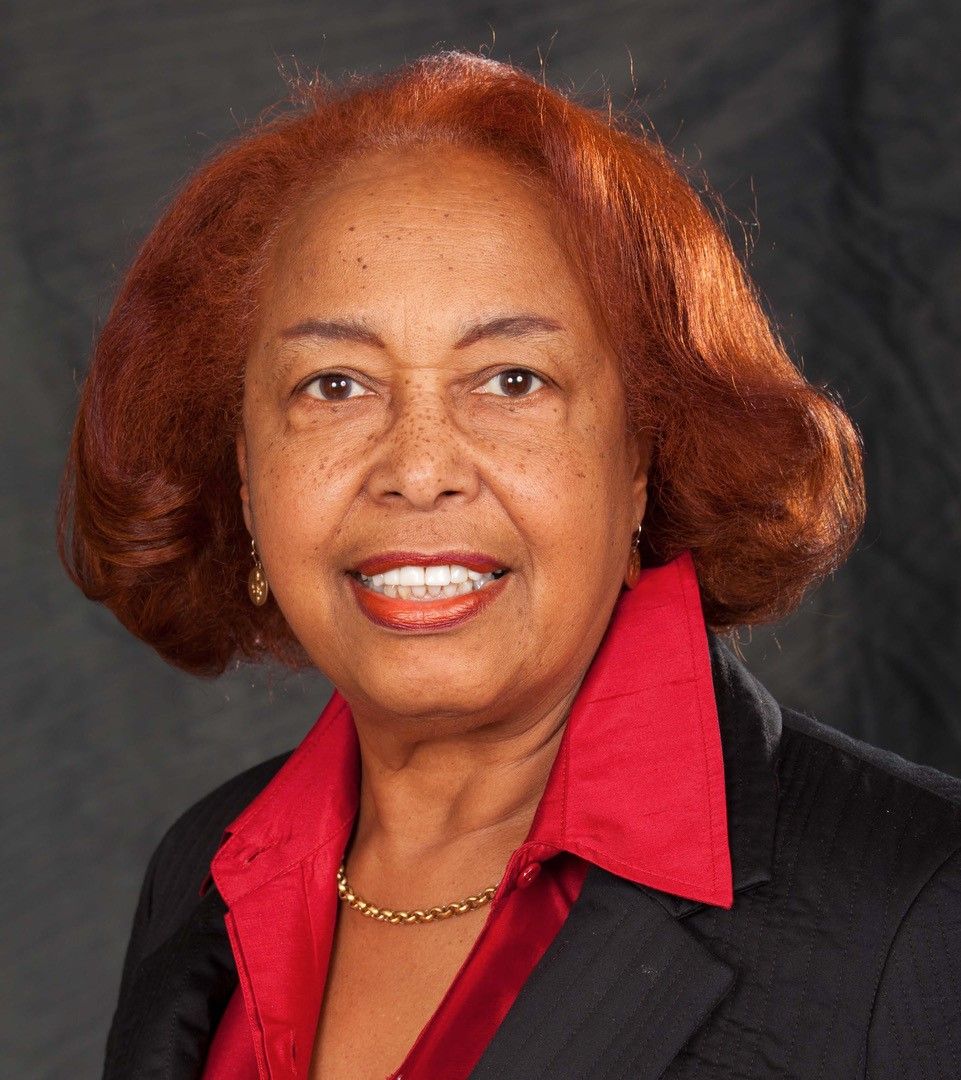Article
Patricia Bath, MD, inducted into the National Inventors Hall of Fame
Author(s):
Bath was recognized as the first Black woman physician to receive a medical patent, as well as the first woman to lead a post-graduate training program in ophthalmology. She joins four other inventors as the most recent inductees into the Hall.
Patricia Bath, MD, is one of five innovation pioneers to be inducted into the National Inventors Hall of Fame (NIHF) today.

Bath, whose passion was combating preventable blindness in underserved populations, invented the Laserphaco Probe for treating cataracts in 1986. In 1988, she became the first Black woman to receive a medical patent [U.S. Patent No. 4,744,360]. Her minimally invasive device was used in Europe and Asia by 2000.
Her device and technique performed all the steps of cataract removal: making the incision, destroying the lens, and vacuuming out the fractured pieces.
Leading up to her discovery, Bath led an accomplished life in academia. She was recruited by UCLA Medical Center and Charles R. Drew University to co-found an ophthalmology residency program at Martin Luther King Jr. Hospital, following her completion of an ophthalmology residency at New York University and the completion of a corneal transplant surgery fellowship at Columbia University. Bath then began her career at UCLA as the first woman ophthalmologist on the faculty of the Jules Stein Eye Institute.
During her years of internship, she was one of the first to document that Black patients had double the rate of glaucoma, seeing that this high prevalence in blindness of Black communities was due to inaccessibility of ophthalmic care.
In 1976, she proposed the discipline of Community Ophthalmology, combining public health, community medicine, and clinical and daycare programs to test vision and screen for threatening eye conditions in historically underserved communities. That same year she founded the Ophthalmic Assistant Training Program at UCLA, as well as co-founded the American Institute for the Prevention of Blindness.
More to know about Dr. Bath
- In 1964 she received her bachelor of arts degree in chemistry from Hunter College.
- In 1968 she received her medical degree from Howard University.
- She was the first Black woman to complete a residency in ophthalmology at NYU.
- She was the first woman to chair an ophthalmology program in the United States.
- Among her numerous recognitions include:
- The National Science Foundation
- The Lemelson Center
- The American Medical Women’s Association
- The U.S. National Library of Medicine, the American Academy of Ophthalmology Museum of Vision & Ophthalmic Heritage
- The Association of Black Women Physicians with its Lifetime Achievement Award for Ophthalmology Contributions
- And by Alpha Kappa Alpha with its Presidential Award for Health and Medical Services.
- During her career, Bath was awarded five U.S. patents.
- She was born on November 4, 1942, in Harlem, New York, and passed away on May 30, 2019, at the age of 76.
Newsletter
Don’t miss out—get Ophthalmology Times updates on the latest clinical advancements and expert interviews, straight to your inbox.




